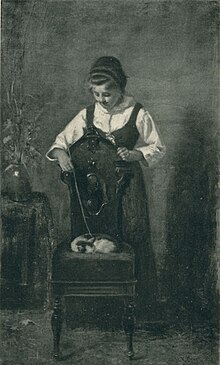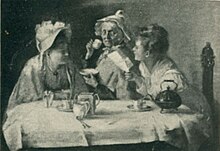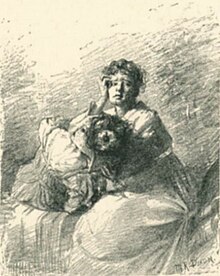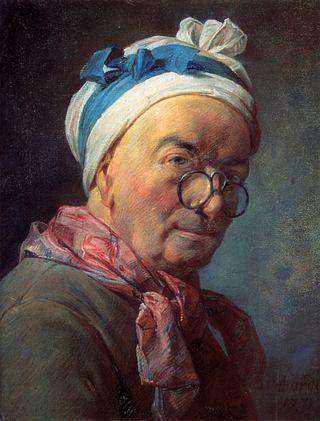
Jean Siméon Chardin was an 18th-century French painter. He is considered a master of still life, and is also noted for his genre paintings which depict kitchen maids, children, and domestic activities. Carefully balanced composition, soft diffusion of light, and granular impasto characterize his work.

Maria Anna Angelika Kauffmann, usually known in English as Angelica Kauffman, was a Swiss Neoclassical painter who had a successful career in London and Rome. Remembered primarily as a history painter, Kauffman was a skilled portraitist, landscape and decoration painter. She was, along with Mary Moser, one of two female painters among the founding members of the Royal Academy in London in 1768.

Robert Delaunay was a French artist of the School of Paris movement; who, with his wife Sonia Delaunay and others, co-founded the Orphism art movement, noted for its use of strong colours and geometric shapes. His later works were more abstract. His key influence related to bold use of colour and a clear love of experimentation with both depth and tone.
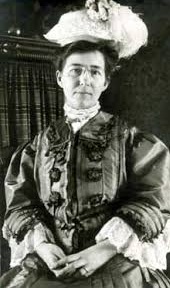
Dulah Marie Evans, later Dulah Marie Evans Krehbiel was an American painter, photographer, printmaker, illustrator, and etcher.
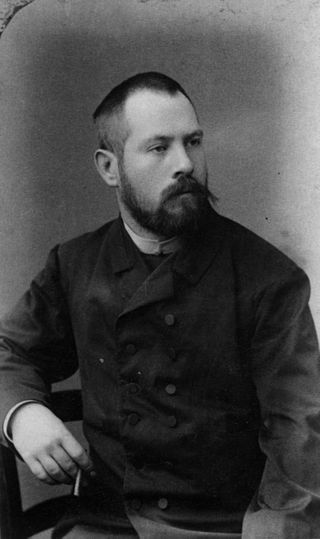
Lovis Corinth was a German artist and writer whose mature work as a painter and printmaker realized a synthesis of impressionism and expressionism.
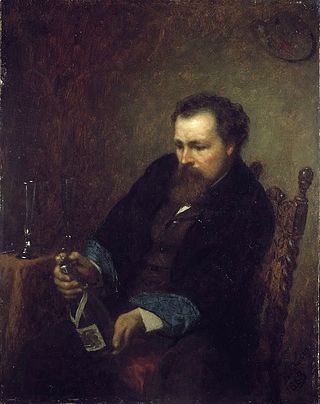
Jonathan Eastman Johnson was an American painter and co-founder of the Metropolitan Museum of Art, New York City, with his name inscribed at its entrance. He was best known for his genre paintings, paintings of scenes from everyday life, and his portraits both of everyday people and prominent Americans such as Abraham Lincoln, Nathaniel Hawthorne, Ralph Waldo Emerson, and Henry Wadsworth Longfellow. His later works often show the influence of the 17th-century Dutch masters, whom he studied in The Hague in the 1850s; he was known as The American Rembrandt in his day.

Nicolaes Maes was a Dutch painter known for his genre scenes, portraits, religious compositions and the occasional still life. A pupil of Rembrandt in Amsterdam, he returned to work in his native city of Dordrecht for 20 years. In the latter part of his career he returned to Amsterdam where he became the leading portrait painter of his time. Maes contributed to the development of genre painting in the Netherlands and was the most prominent portrait painter working in Amsterdam in the final three decades of the 17th century.

Eugène Anatole Carrière was a French Symbolist artist of the fin-de-siècle period. Carrière's paintings are best known for their near-monochrome brown palette and their ethereal, dreamlike quality. He was a close friend of Auguste Rodin and his work likely influenced Pablo Picasso's Blue Period. He was also associated with such writers as Paul Verlaine, Stéphane Mallarmé and Charles Morice.

Elizabeth Nourse was a realist-style genre, portrait, and landscape painter born in Mt. Healthy, Ohio, in the Cincinnati area. She also worked in decorative painting and sculpture. Described by her contemporaries as "the first woman painter of America" and "the dean of American woman painters in France and one of the most eminent contemporary artists of her sex," Nourse was the first American woman to be voted into the Société Nationale des Beaux-Arts. She also had the honor of having one of her paintings purchased by the French government and included in the Luxembourg Museum's permanent collection. Nourse's style was described by Los Angeles critic Henry J. Seldis as a "forerunner of social realist painting." Some of Nourse's works are displayed at the Cincinnati Art Museum.
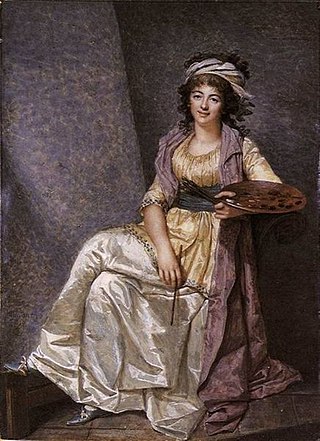
Marguerite Gérard was a French painter and printmaker working in the Rococo style. She was the daughter of Marie Gilette and perfumer Claude Gérard. At eight years old, she became the sister-in-law of Jean-Honoré Fragonard, and when she was 14, she went to live with him. She was also the aunt of the artist Alexandre-Évariste Fragonard. Gérard became Fragonard's pupil in the mid-1770s and studied painting, drawing and printmaking under his tutelage. Gérard and Fragonard created nine etchings in 1778. Historians currently believe Gérard was the sole artist of five of these etchings, since many have a duplicate created by her tutor Fragonard. More than 300 genre paintings, 80 portraits, and several miniatures have been documented to Gérard. One of her paintings, The Clemency of Napoleon, was purchased by Napoleon in 1808.
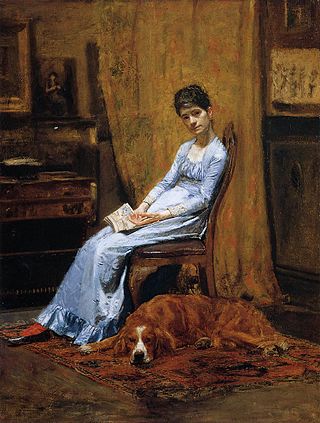
Susan Hannah Eakins was an American painter and photographer. Her works were first shown at the Pennsylvania Academy of the Fine Arts, where she was a student. She won the Mary Smith Prize there in 1879 and the Charles Toppan prize in 1882.
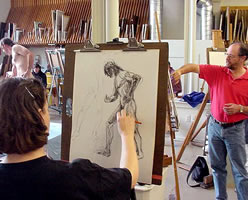
Jerry Weiss is an American figurative, landscape, and portrait painter and a writer. He studied classical drawing, and his career has centered on both the figure, and landscape. He says he is "intrigued by the portrait and figure as a most sacred subject."

Sarah Miriam Peale was an American portrait painter, considered the first American woman to succeed as a professional artist. One of a family of artists of whom her uncle Charles Willson Peale was the most illustrious, Sarah Peale painted portraits mainly of Maryland, Pennsylvania, and Washington, D.C. notables, politicians, and military figures. Lafayette sat for her four times.

Margaretta Angelica Peale was an American painter, one of the Peale family of artists. The daughter of James Peale, she was the sister of Sarah, Anna, and Maria Peale. Born in Philadelphia, Pennsylvania, she was taught by her father, and painted primarily still lifes, some of which were copies of his work.
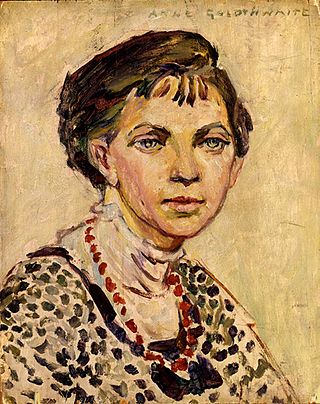
Anne Goldthwaite was an American painter and printmaker and an advocate of women's rights and equal rights. Goldthwaite studied art in New York City. She then moved to Paris where she studied modern art, including Fauvism and Cubism, and became a member of a circle that included Gertrude Stein, Henri Matisse, and Pablo Picasso. She was a member of a group of artists that called themselves Académie Moderne and held annual exhibitions.

Hugo Charlemont was an Austrian painter. Born in Jemnice, Moriva he was the son of Matthais Adolf Charlemont. He studied art at the Academy of Fine Arts. He died in Vienna.

Jennie Augusta Brownscombe was an American painter, designer, etcher, commercial artist, and illustrator. Brownscombe studied art for years in the United States and in Paris. She was a founding member, student and teacher at the Art Students League of New York. She made genre paintings, including revolutionary and colonial American history, most notably The First Thanksgiving held at Pilgrim Hall in Plymouth, Massachusetts. She sold the reproduction rights to more than 100 paintings, and images of her work have appeared on prints, calendars and greeting cards. Her works are in many public collections and museums. In 1899 she was described by New York World as "one of America's best artists."

Man with a Pipe, also referred to as Portrait of an American Smoker, Portrait of an American Smoking, American Smoking and American Man, is a painting by the French Cubist artist Jean Metzinger. The work was reproduced on the cover of catalogue of the Exhibition of Cubist and Futurist Pictures, Boggs & Buhl Department Store, Pittsburgh, forming part of a show in 1913 that traveled to several U.S. cities: Milwaukee, Cleveland, Pittsburgh, New York, and Philadelphia.
Boris Deutsch (1892–1978) was a naturalized American painter.


